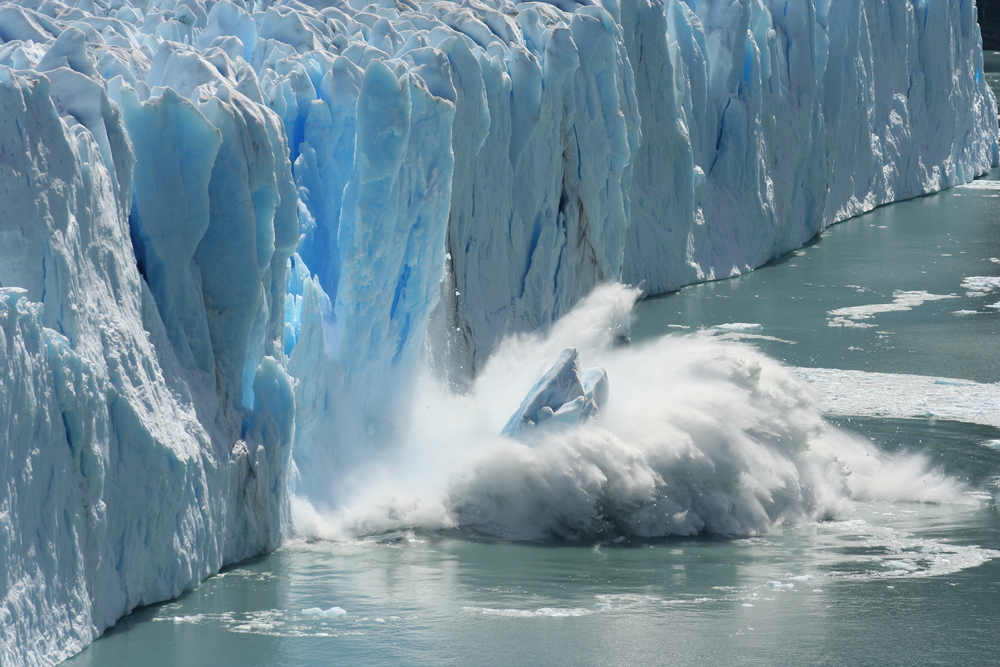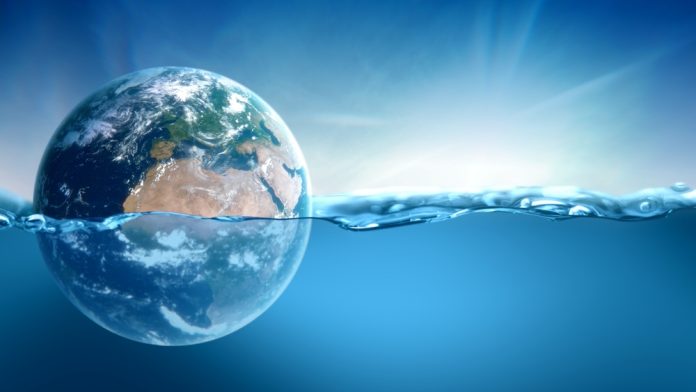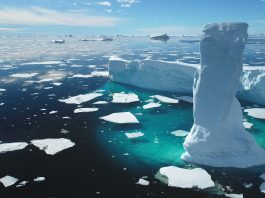A recent Dartmouth College-led study offers a more optimistic perspective on one of the most alarming predictions about sea level rise due to polar ice melt.
While the research confirms the significant risks posed by melting ice sheets in Greenland and Antarctica, it challenges an extreme scenario forecasted in the latest United Nations’ Intergovernmental Panel on Climate Change (IPCC) report.
Re-examining sea level rise scenarios
The IPCC’s sixth assessment report introduced a worst-case scenario involving the Marine Ice Cliff Instability (MICI) mechanism.
According to this model, the collapse of Antarctica’s ice sheets could lead to a sea level rise of up to 50 feet by 2300, potentially submerging vast coastal regions.
However, the Dartmouth study finds this scenario highly unlikely, using more accurate high-resolution models.
Methodology: Testing the ‘Doomsday Glacier’
To assess the validity of the MICI hypothesis, researchers focused on Antarctica’s Thwaites Glacier, often dubbed the ‘Doomsday Glacier’ due to its rapid melting and potential contribution to sea level rise.
They used three high-resolution models to simulate two scenarios:
- Sudden ice shelf collapse: A 100-year simulation of Thwaites Glacier retreat following a hypothetical sudden collapse of its ice shelf. The ice shelf acts as a barrier, and its loss could theoretically accelerate glacier movement toward the ocean.
- Ongoing retreat: A 50-year simulation under current conditions, where the ice shelf is gradually thinning rather than collapsing suddenly.
The high-resolution models allowed the researchers to simulate the physical processes of ice flow, fracture, and interaction with ocean and bedrock more accurately than previous studies.
These models showed that even in a worst-case scenario, the glacier’s retreat was much slower than the MICI hypothesis predicted.
Key findings and implications
The simulations revealed that Thwaites Glacier’s ice cliffs would not reach the critical height necessary to trigger a rapid, domino-like collapse.
Instead, the glacier’s accelerated movement would cause thinning at the edges, reducing the likelihood of catastrophic failure. The study concluded that MICI is unlikely to occur within this century.

However, the study emphasised that other processes, such as Marine Ice Sheet Instability (MISI), could still drive significant ice loss and contribute to sea level rise over the coming centuries.
MISI occurs when glaciers resting on a bed that slopes toward the continent’s interior retreat unstably once ice shelves collapse.
Importance for coastal planning
While the study offers some reassurance by downplaying the extreme MICI scenario, it underscores the ongoing threat of rising sea levels driven by other mechanisms.
Accurate projections are crucial for policymakers and planners, especially in designing infrastructure like sea walls or considering the relocation of communities from low-lying areas.
The study provides a critical re-evaluation of extreme sea level rise predictions, suggesting that while the most alarming scenarios may be less likely, significant risks remain.
Continued research and monitoring are essential to understand and mitigate the impacts of polar ice melt on global sea levels, ensuring that coastal communities can prepare for future challenges.





